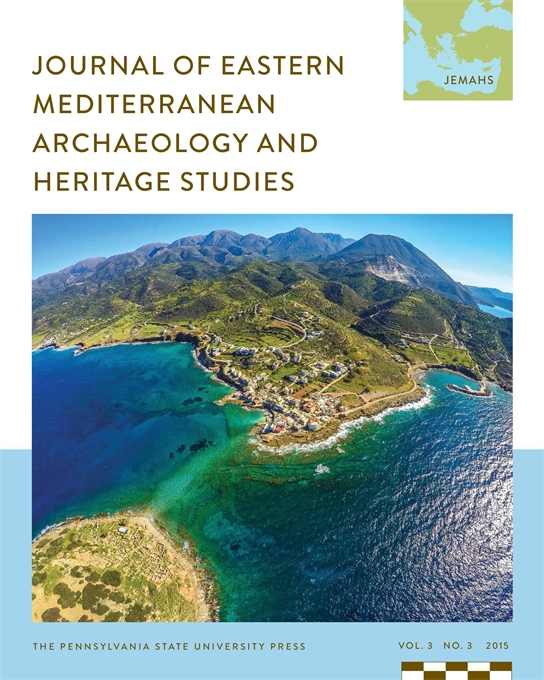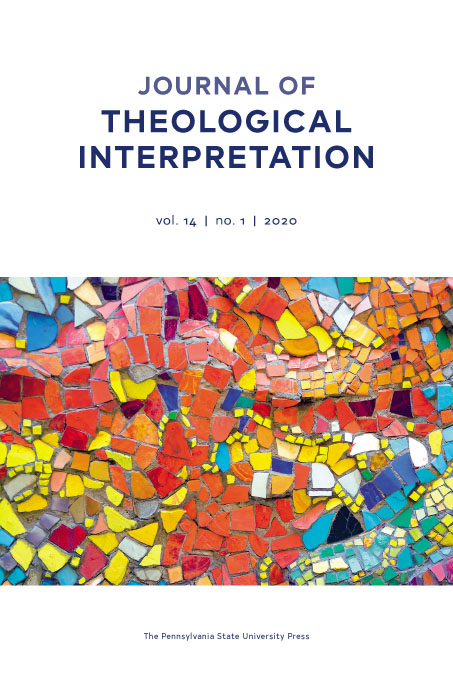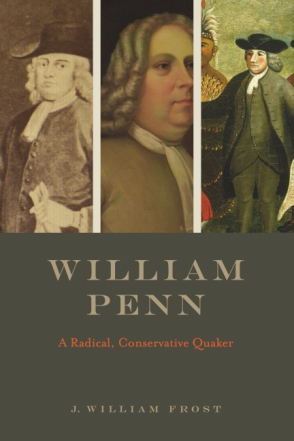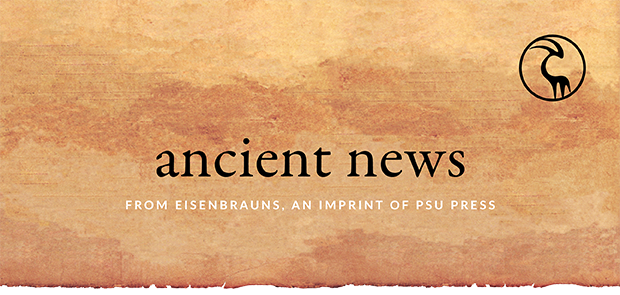
general news
Welcome to the Spring issue of Ancient News.
Here at Eisenbrauns, we were saddened to hear of the passing of Professor Bezaelel (Buzzy) Porten last month. Our thoughts are with his friends and family at this time.
In other news, we are pleased to announce that Dan Waterman is joining Eisenbrauns as the new acquiring editor! Learn more about Dan by reading the official press release. You can direct inquiries and proposals to Dan’s email. Welcome, Dan!
This month, we’re offering up to 50% off a wide range of archaeology books! Use promo code ARC25 at checkout through 3/31.
Are you attending AOS’s annual meeting from April 9–12? We are! Be sure to stop by our booth to browse our books and get great deals.
Enjoy!
archaeology sale
Save 30–50% on select titles with discount code ARC25. Sale ends 3/31.
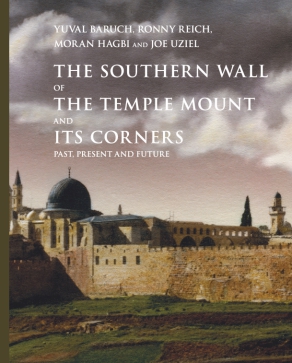
The Southern Wall of the Temple Mount and Its Corners
Past, Present and Future
$199.95 $119.97
“The Temple Mount/Haram aš-Šarīf has fascinated scholars since the dawn of modern archaeology, and the pious for millennia before that. The studies assembled here document excavations and conservation at the southern and southwestern retaining walls of the Herodian Temple, with special care for all periods—from the Iron Age to Herod the Great to medieval Islam. This magnificent volume is a monument to decades of dedicated research, a resource for generations to come!”
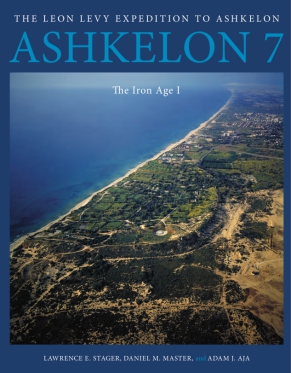
Ashkelon 7
The Iron Age I
$171.95 $103.17
“This volume is well-edited, well-organized, and descriptive. It is an important contribution to studies on Philistine material culture during the Iron Age I. It will ultimately serve as an integral reference point for further discussions on Philistia during this period.”
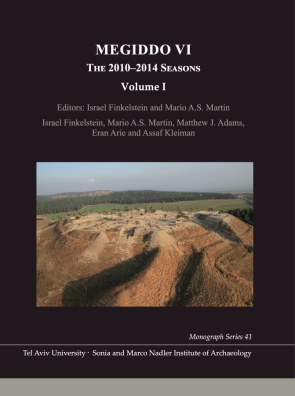
Megiddo VI
The 2010–2014 Seasons
$299.95 $179.97
Megiddo, a key site for the study of the Bronze and Iron Ages, is unique among the sites of the ancient Near East. Featuring remains from over 30 settlements, Megiddo is strategically located on the main highway of the Old World, leading from Egypt to Mesopotamia. It is mentioned in important verses in the Bible and in Egyptian and Assyrian texts. Beyond archaeology, it is of great significance to the fields of the history of ancient Israel and biblical studies. The Tel Aviv University excavations at the site aim, through the implementation of modern methods, to achieve a full stratigraphic-chronological sequence, while placing special emphasis on studies related to the exact and life sciences.
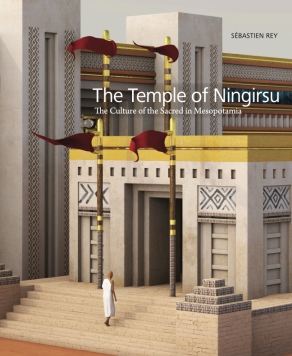
The Temple of Ningirsu
The Culture of the Sacred in Mesopotamia
$149.95 $89.97
Between 2016 and 2022, a team from the British Museum conducted excavations in the ancient Sumerian city of Girsu, the sacred center of the state of Lagash. On an archaeological mound referred to as the Mound of the Palace, or Tell A, they discovered the ground plan of the fabulous Temple of Ningirsu, built by the ruler Gudea circa 2125 BCE. Deep in the heart of the mound, the excavators also exposed the remains of a series of older Sumerian shrines dating back to Early Dynastic times (2900–2350 BCE).
new books
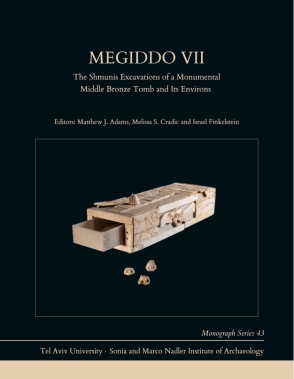
Megiddo VII
The Shmunis Excavations of a Monumental Middle Bronze Tomb and Its Environs
Edited by Matthew J. Adams, Melissa S. Cradic, and Israel Finkelstein
In press!
Megiddo VII reports in meticulous detail the archaeological findings from two elite, interrelated tombs from the Late Bronze I period, both exceptionally preserved and richly furnished: Tomb 16/H/50, a monumental masonry-constructed chamber tomb from the Middle Bronze III, and Burial 16/H/45, a simpler pit within the former’s mausoleum.
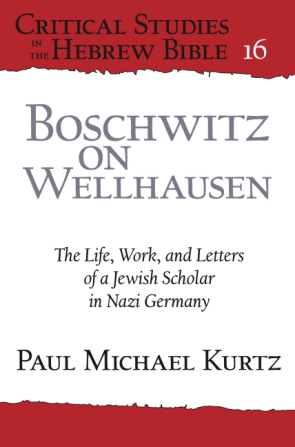
Boschwitz on Wellhausen
The Life, Work, and Letters of a Jewish Scholar in Nazi Germany
Paul Michael Kurtz and Friedemann Boschwitz
“A major contribution to intellectual history for the fields of biblical studies, history of religions, and German Jewish studies. Paul Michael Kurtz brings a fascinating wealth of archival material together that sheds light on a crucial period of modern German research. This volume helps break Julius Wellhausen out of the boxes that he has generally been placed in and provides a much more integrated reading of his work and thought.”—Bernard M. Levinson, coeditor of Betrayal of the Humanities: The University During the Third Reich
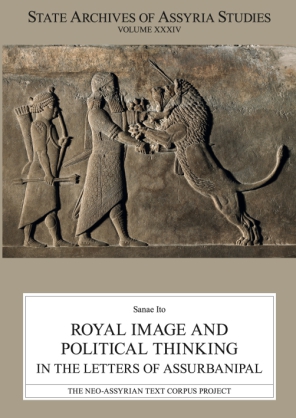
Royal Image and Political Thinking in the Letters of Assurbanipal
Sanae Ito
Assurbanipal, the last great king of the Assyrian Empire, ruled from 668 BC until at least 630 BC. Although he spent four years suppressing a revolt by Šamaš-šumu-ukīn, his older brother and the king of Babylon (667–648 BC), Assurbanipal’s reign was much longer than the reigns of his predecessors, and he controlled almost the entirety of the ancient Near East.
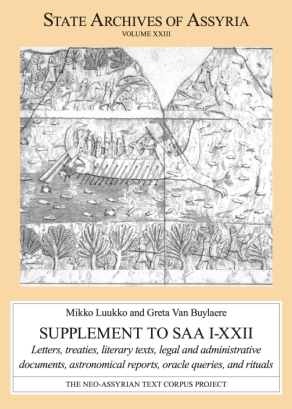
Supplement to SAA I–XXII
Letters, Treaties, Literary Texts, Legal and Administrative Documents, Astronomical Reports, Oracle Queries, and Rituals
Edited by Mikko Luukko and Greta van Buylaere
The State Archives of Assyria series was conceived in 1985 to make all texts from the royal archives of Nineveh available to both scholarly and lay audiences in the form of critical text editions. The present volume concludes the series and makes available about three hundred further texts from the royal archives discovered or identified after the publication of the appropriate SAA volumes or inadvertently omitted from them.
subject highlight
The Sabbath—Its Ancient Origins and Evolution
Jon D. Levenson, author of Israel’s Day of Light and Joy, was invited on the Biblical Time Machine podcast to discuss the origins of the sabbath.
new from psu press
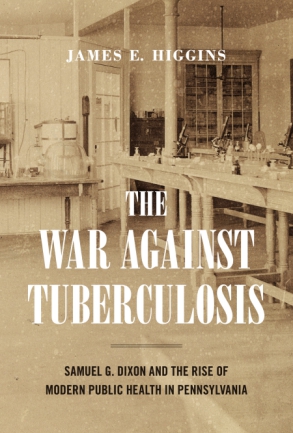
The War Against Tuberculosis
Samuel G. Dixon and the Rise of Modern Public Health in Pennsylvania
James E. Higgins
| Control your subscription options |

